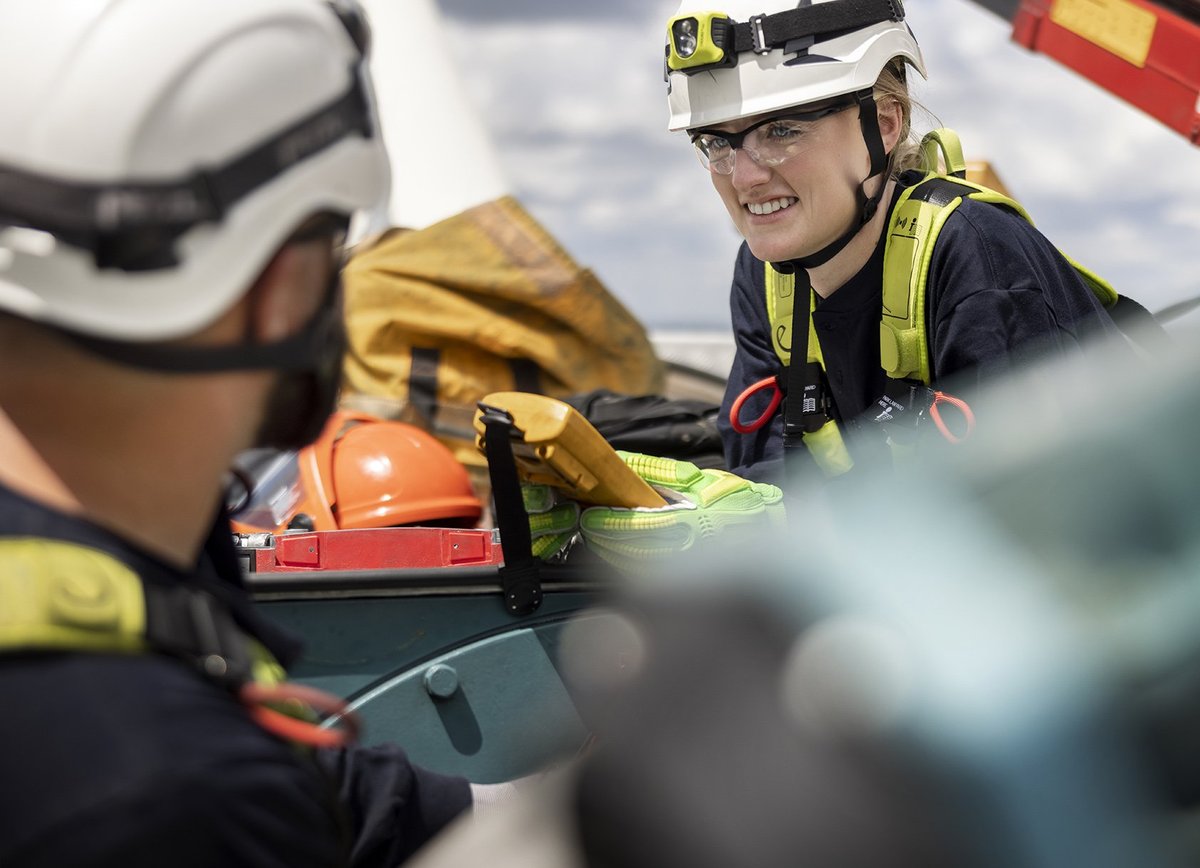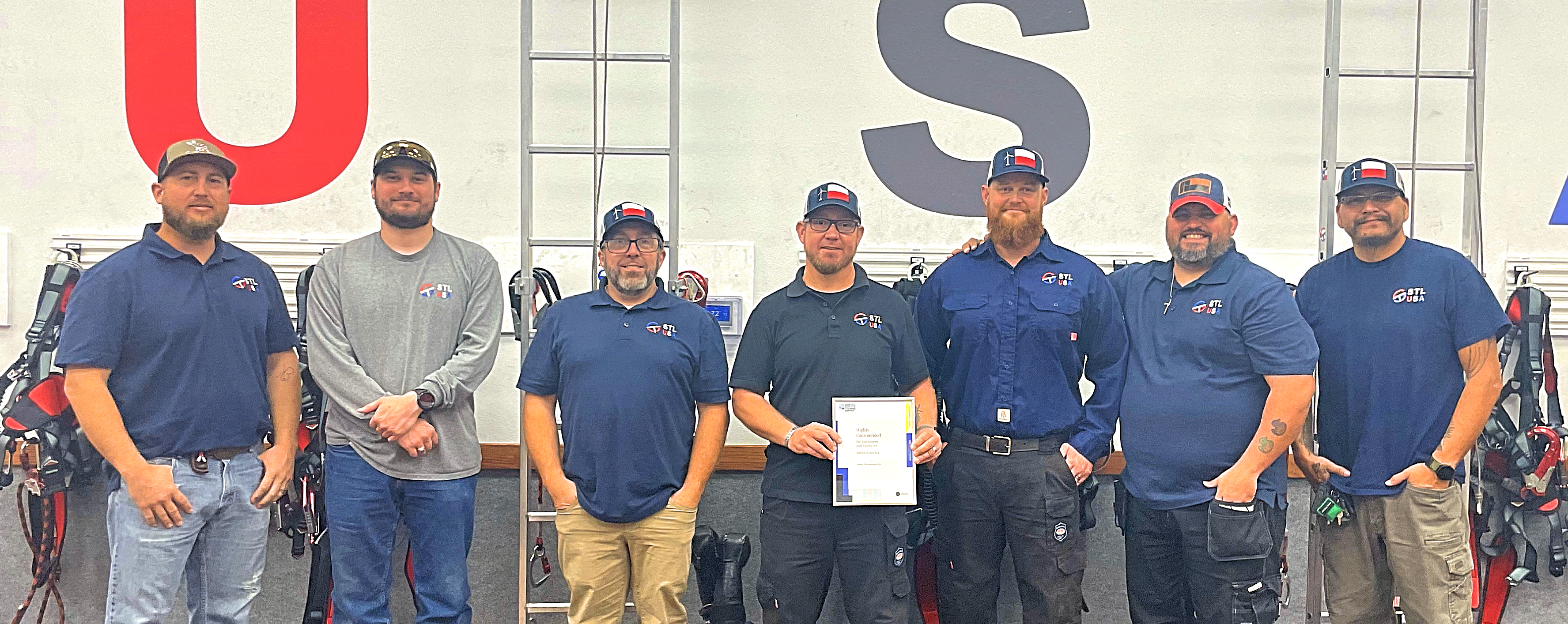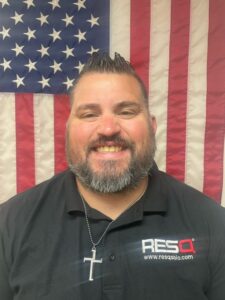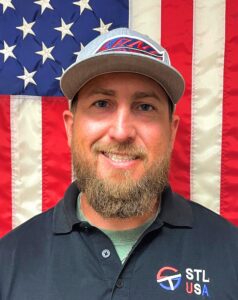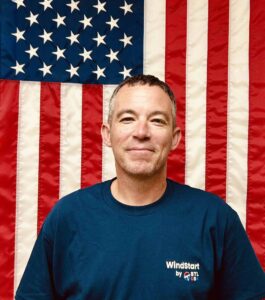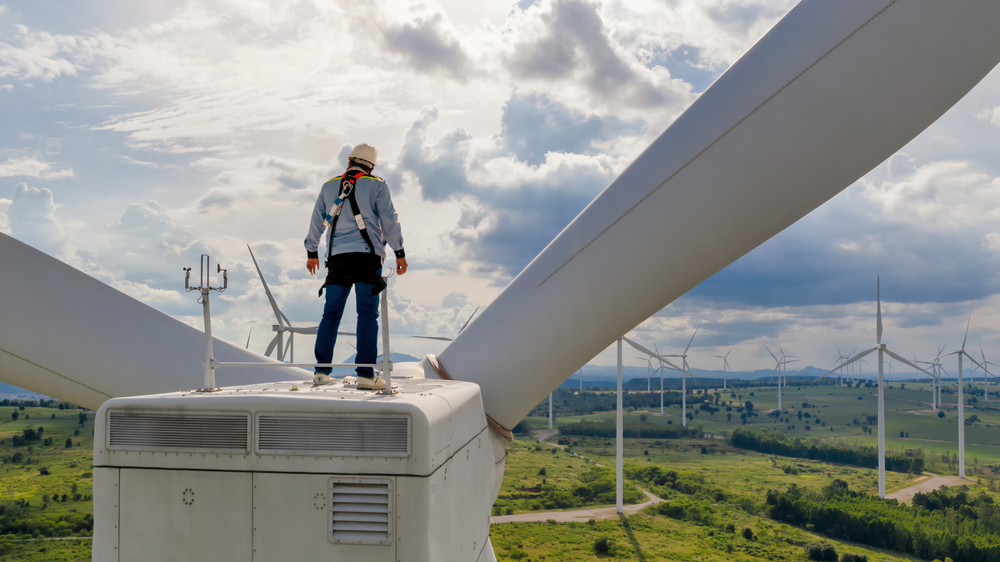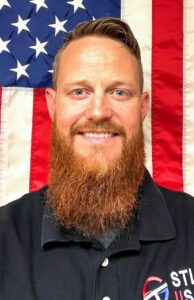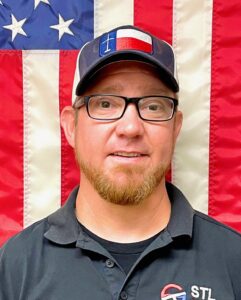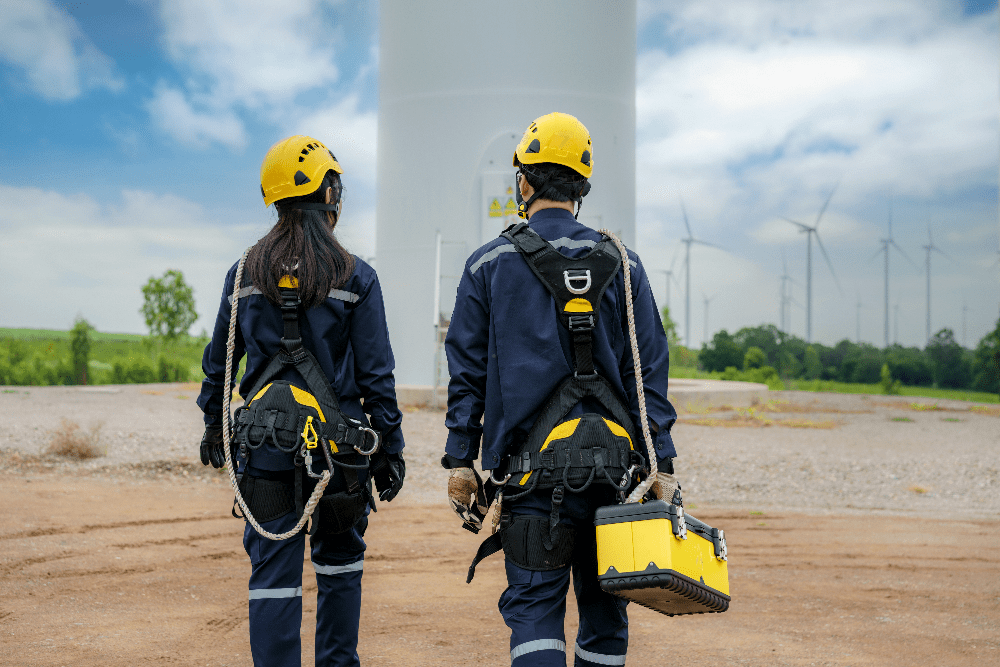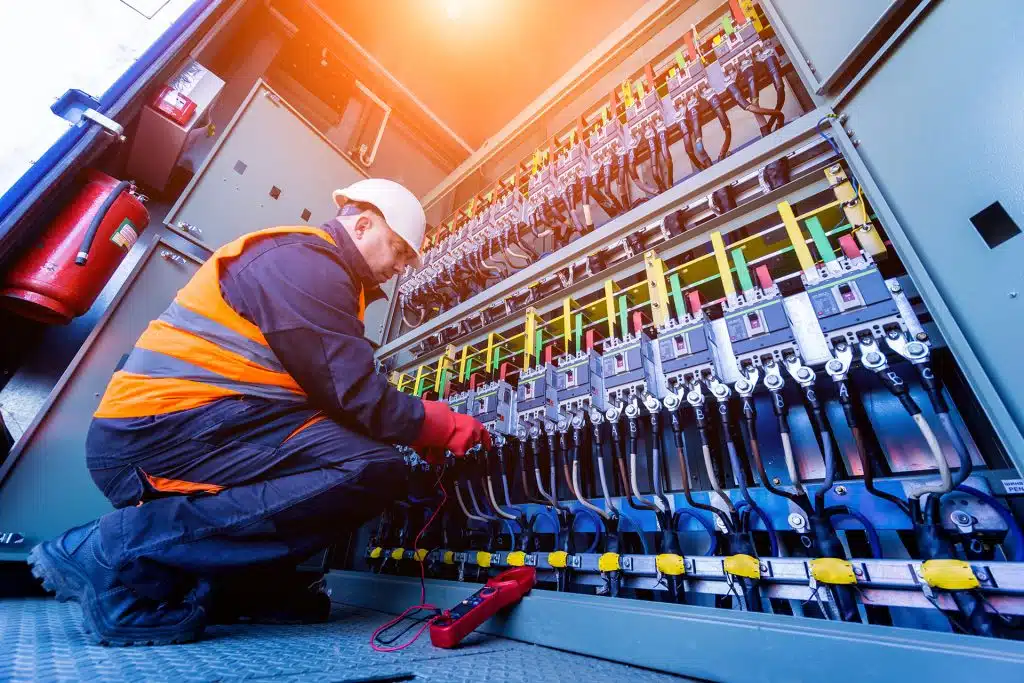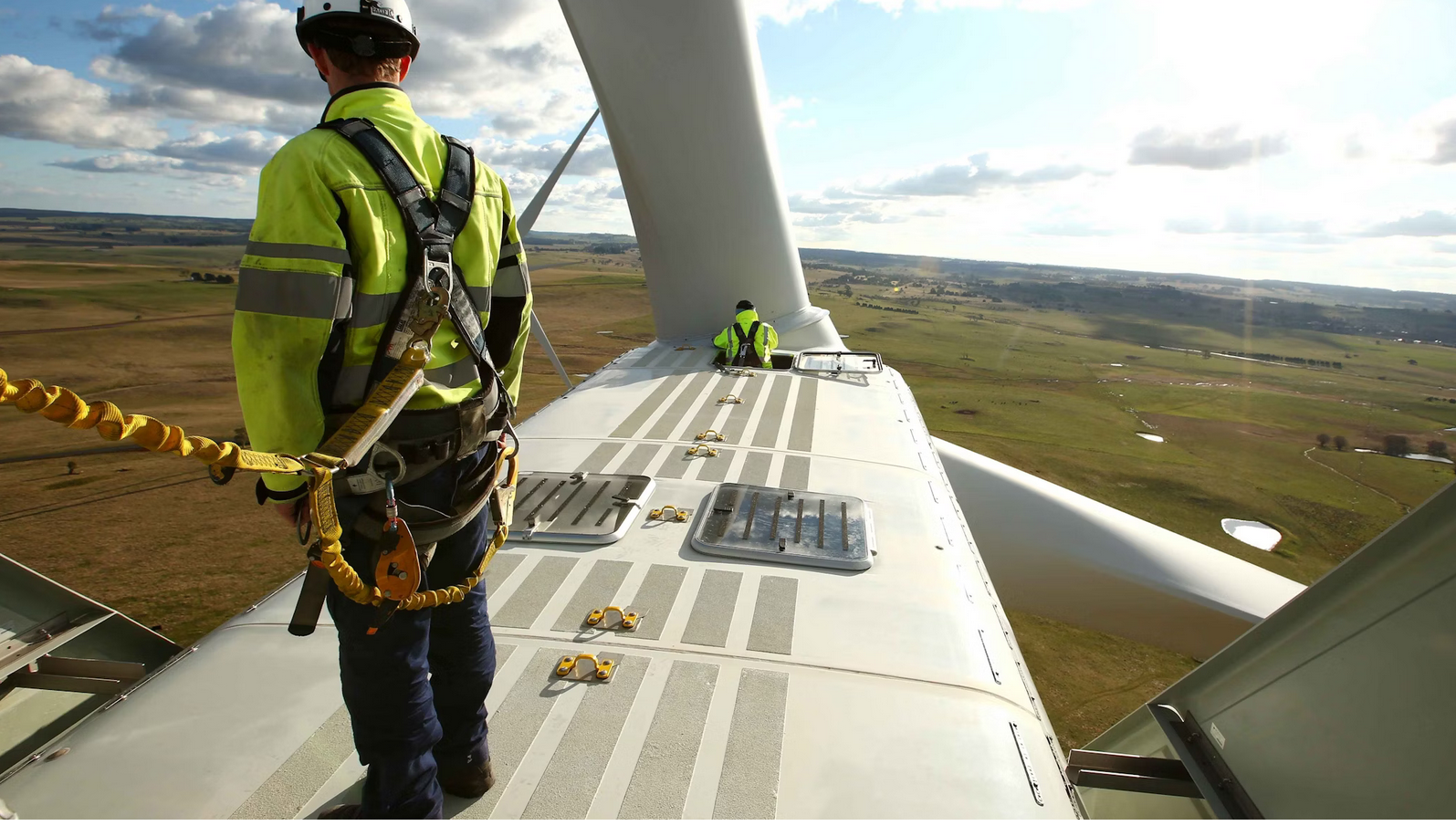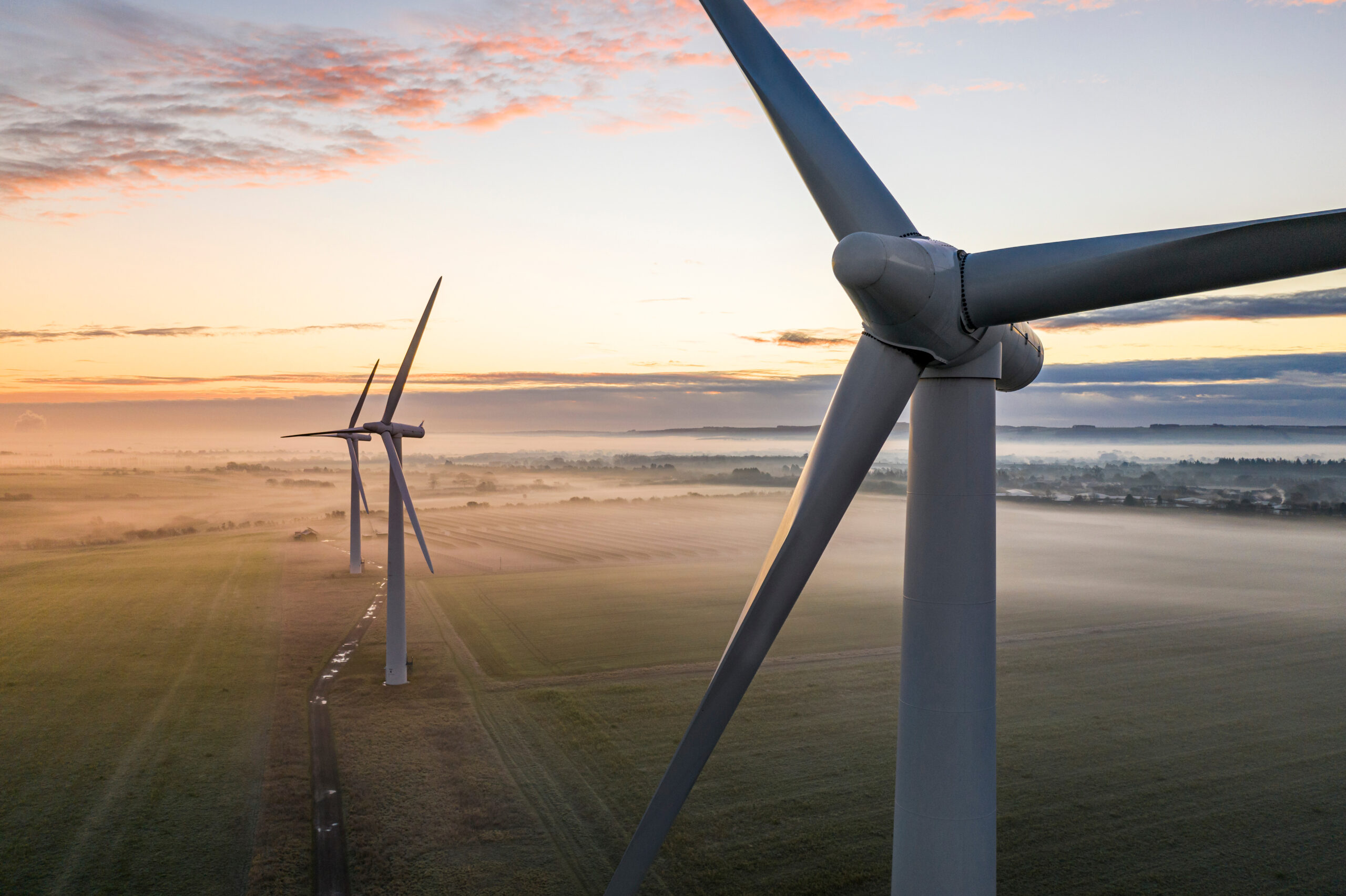In the rapidly evolving wind energy sector, Global Wind Organisation (GWO) certifications set the baseline for safety and operational standards. However, for wind technicians looking to excel, it is crucial to look beyond these basic requirements. STL USA offers a range of non-GWO courses that provide specialized skills and in-depth knowledge, from technical maintenance to advanced safety protocols. Courses like Gearbox & Borescope Inspection, Control of Hazardous Energies (CoHE), and Qualified Electrical Worker (QEW) with NFPA 70E are valuable tools for wind technicians aiming to build on foundational GWO certifications. Here’s a breakdown of these courses and why they are indispensable for developing a well-rounded skill set.
1. Gearbox & Borescope Course
The Gearbox & Borescope course trains technicians to conduct detailed inspections of turbine gearboxes, an essential component in wind turbines. The gearbox is one of the most critical parts of a turbine, transforming mechanical energy from the rotor into electrical energy. Ensuring it functions correctly is crucial for efficient and safe turbine operation.
Course Content:
- Gearbox Mechanics: Technicians learn the structure, function, and operation of gearbox systems, enabling them to identify normal versus abnormal conditions.
- Borescope Operation: Borescope technology allows for non-invasive inspection of internal components. Technicians are trained in borescope use, focusing on effective image capturing and interpreting findings to spot issues like wear, cracks, and misalignments.
- Troubleshooting & Reporting: Technicians learn to recognize early signs of failure and generate accurate reports, enabling maintenance teams to make proactive decisions.
Why It’s Important: This course goes beyond basic GWO technical skills, providing a deep understanding of how to maintain a turbine’s longevity and prevent costly repairs. By developing these diagnostic skills, technicians can save companies from extensive downtime and ensure the turbines are generating power consistently. For technicians, this course is a stepping stone to specialized roles and career advancement.
2. Control of Hazardous Energies (CoHE) Course
Control of Hazardous Energies (CoHE) is critical for technicians working with machinery that has high potential for energy release. We know it is a GWO course, but it isn’t one of the required minimal standard certs for wind technicians. STL USA believes that CoHE is absolutely essential training for anyone working in wind energy, particularly up tower, and we know many OEM businesses will be adding it to the required qualifications for techs from next year. In wind turbines, technicians often work with systems where energy from electricity, hydraulic systems, or stored mechanical energy poses a risk. CoHE training emphasizes managing these risks, reducing the potential for serious accidents.
Course Content:
- Understanding Hazardous Energy: This component covers various forms of energy technicians encounter, such as electrical, hydraulic, and mechanical energy, and their associated risks.
- Lockout/Tagout Procedures (LOTO): CoHE training centers on LOTO, which ensures machinery is de-energized and locked down before technicians perform maintenance, repair, or inspection.
- Risk Assessment and Safe Work Practices: Technicians learn to perform risk assessments, use proper personal protective equipment (PPE), and follow strict protocols to maintain a safe work environment.
Why It’s Important: The CoHE course builds competencies that go beyond routine safety practices and empowers technicians to handle high-risk environments with confidence. Understanding and managing hazardous energies is crucial to avoid accidents and maintain safe operations, which can save lives and prevent costly incidents. For technicians, the skills gained from this course show a strong commitment to safety and make them more valuable on the job.
3. Qualified Electrical Worker (QEW) to standard NFPA 70E
Electricity is one of the most significant hazards in wind turbines, especially as turbines grow larger and more powerful. The Qualified Electrical Worker (QEW) course with NFPA 70E certification is designed to develop a high level of competency in electrical safety, preparing technicians to safely work with and around electrical components.
Course Content:
- NFPA 70E Standards: This standard, developed by the National Fire Protection Association (NFPA), covers best practices for electrical safety in workplaces. The course explains guidelines for arc flash protection, shock hazard analysis, and PPE selection.
- Electrical Hazard Identification: Technicians are trained to identify various electrical hazards, assess risk, and implement preventive measures.
- Safe Electrical Work Practices: Technicians learn safe practices when working with energized and de-energized systems, including correct procedures for lockout/tagout and safe approach distances.
Why It’s Important: The QEW with NFPA 70E course offers specialized training that complements a wind technician’s existing technical and safety knowledge. Electricity-related incidents are one of the most common causes of injuries on wind farms, making this training indispensable for reducing risks. Additionally, certification as a Qualified Electrical Worker opens doors to more advanced roles and increases a technician’s employability within the sector.
4. BOP Substation/PMT Switching *NEW FOR 2024
Basic Balance of Plant Training purpose is to teach safe substation entry, equipment familiarization, high and medium voltage protection principles, introduction to high and medium voltage schematics including, ANSI and IEE naming conventions, basic inspections, and introduction to switching orders. Participants who complete this course will still require task specific sign off by a competent person and deemed qualified by their own employer. The course covers key elements such as:
- Course Content
- Safe substation entry, equipment familiarization
- High and medium voltage protection principles
- Introduction to high and medium voltage schematics
- ANSI / IEE naming conventions
- Basic substation inspections
- Introduction to switching orders
- Theory written testing and switching order exercises
- Practical – PMT switching, verification of zero energy state, and applying personal grounds
- Practical – Substation walk with authorized personnel
- Practical – Optional, switching in substation (at customer discretion)
- Why It’s Important for Electrical Workers: BOP Substation/PMT Switching training is essential for electrical workers due to the high-risk nature of working with medium-to-high voltage equipment. Without proper training, even a minor error in switching procedures can lead to catastrophic failures, resulting in injuries, costly repairs, and significant downtime. Additionally, the power distribution networks these professionals work on are critical for plant operation, and disruptions can affect entire facilities. Skilled workers who understand the complexities of substation and transformer operation play a key role in maintaining system reliability, protecting assets, and ensuring a safe work environment. Therefore, BOP Substation/PMT Switching training is not only a technical requirement but a fundamental aspect of electrical safety and operational integrity.
5. Confined Space Awareness
Wind turbines often include confined spaces such as the tower base, nacelle, or other tight areas where technicians may need to work. The Confined Space Awareness course equips technicians with the knowledge to recognize and safely operate within these environments.
Course Highlights:
- Identifying confined spaces and understanding associated risks.
- Procedures for safe entry and exit, proper ventilation, and continuous monitoring.
- Emergency response techniques to manage incidents in confined spaces.
Why It’s Important: Working in confined spaces comes with unique challenges, including limited ventilation and restricted movement. This training prepares technicians to handle these environments confidently, enhancing safety and operational efficiency while demonstrating their capability to handle complex tasks.
Moving Beyond Basic Certifications: Why It Matters
While GWO courses provide an essential foundation in safety and technical skills, the specialized training offered by courses like Gearbox & Borescope Inspection, CoHE, and QEW with NFPA 70E are invaluable for several reasons:
Enhanced Job Performance: Advanced skills in inspecting, troubleshooting, and managing electrical hazards mean technicians are better equipped to perform their jobs effectively, reducing turbine downtime and boosting operational efficiency. Specialized training enables technicians to proactively address issues, which is crucial for maintaining consistent power output.
Increased Safety and Reduced Risk: Wind farms can be dangerous work environments, with risks like high-voltage systems, extreme heights, and powerful mechanical forces. By gaining advanced knowledge through CoHE and NFPA 70E, technicians are not only safer but also better positioned to keep their colleagues safe, reinforcing a culture of safety across the site.
Career Advancement and Specialization: Completing non-GWO courses signals a commitment to professional development, which is attractive to employers. These certifications demonstrate that a technician has skills above and beyond basic requirements, making them eligible for specialized roles in gearbox maintenance, electrical safety, and energy management.
Long-Term Career Resilience: As the wind industry continues to grow and new technologies emerge, technicians who invest in advanced training are better prepared for the evolving demands of the field. Possessing a well-rounded skill set allows technicians to adapt to changes, secure advanced positions, and build a long-lasting career in wind energy.
Conclusion
While GWO certifications establish a strong foundation, non-GWO courses like Gearbox & Borescope Inspection, CoHE, and QEW with NFPA 70E add a crucial layer of skill and expertise that prepares technicians for the real demands of the job. These courses enable technicians to excel by increasing their job performance, enhancing safety, and positioning them for growth in an expanding industry. As the wind energy sector advances, technicians who pursue specialized training will find themselves better equipped, more versatile, and ready to meet the challenges of a dynamic field.
Interested in our combined training provisions?
Click the button to learn more

